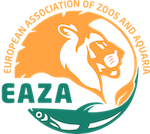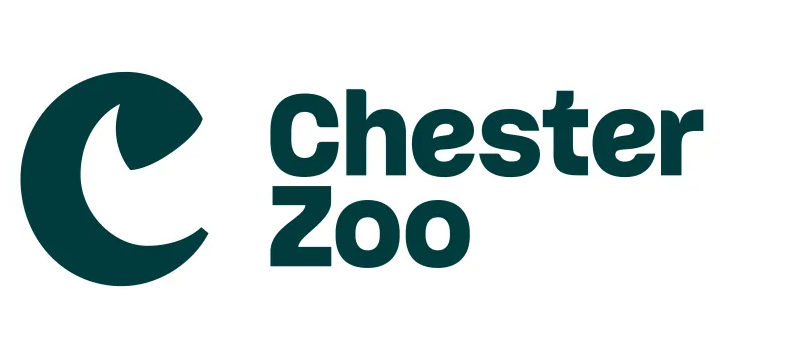Submissions
Submission Preparation Checklist
As part of the submission process, authors are required to check off their submission's compliance with all of the following items, and submissions may be returned to authors that do not adhere to these guidelines.- The manuscript is original: It has not been previously published and is not under consideration elsewhere. If there are exceptional circumstances, please provide a clear explanation in the Comments to the Editor section.
- All author details are complete: Full names, institutional affiliations, and addresses for all authors have been provided. This information will be used in the published article and for indexing purposes.
- Ensure a permanent email address is provided: The corresponding author’s email address should be updated if changed during the editorial process.
- The file format is acceptable: The manuscript has been prepared in an acceptable file format: OpenOffice, Microsoft Word, RTF, or WordPerfect (PDFs are not acceptable).
- Style and formatting requirements are followed: The manuscript adheres to the stylistic and bibliographic guidelines outlined in the Author Guidelines.
- Ethical and publication standards are met: The study complies with relevant ethical standards and follows the publication ethics described in the Author Guidelines
- Conflict of interest: By submitting an article to us, it is assumed authors do not have any potential conflict of interest. If the authors are aware of any conflict they should contact the editor.
Original Research Article
Original research: a comprehensive, hypothesis driven study that addresses a novel question or provides new insights which have the capacity to be generalised and have far-reaching impacts within the zoo and aquarium profession.
Evidence Based Practice
Evidence-based practice articles: a structured account of a practical husbandry or management intervention within a zoo and/or aquarium, which has been appropriately monitored to evaluate the consequences in collaboration with a Zoo and/or Aquarium. The article will report empirical outcomes in a way that informs future decisions or practice.
Short Report
Short reports: a concise summary of a study which is preliminary or narrow in scope, where a robust scientific method has been followed and reported alongside appropriately analysed data. These articles will likely represent studies where the scope to generalise the results beyond the study subjects is limited.
Review Articles
Please be aware that ONLY INVITED REVIEWS will be considered: Prospective authors should email the Managing Editor (editor@jzar.org) a 300-word abstract, a list of up to 20 key references, and a cover letter outlining why the review they propose is novel, important and timely.
Reviews: a new insight to a subject is provided through analysis of previously published primary empirical studies, including quantitative meta-analysis, synthesis and modelling approaches, and critical evaluations, concluding with specific application to the Zoo and Aquarium sector.
Copyright Notice
Authors who publish with JZAR agree, that they:
- retain copyright and grant the journal right of first publication with the work simultaneously licensed under a Creative Commons Attribution Licensethat allows others to share the work with an acknowledgement of the work's authorship and initial publication in this journal.
- are able to enter into separate, additional contractual arrangements for the non-exclusive distribution of the journal's published version of their work (e.g., post it to an institutional repository or publish it in a book), with an acknowledgement of its initial publication in this journal.
- are permitted and encouraged to disseminate their work widely including online (e.g., in institutional repositories or on their website) prior to and during the submission process, as it can lead to productive exchanges, as well as earlier and greater citation of published work (See The Effect of Open Access).






